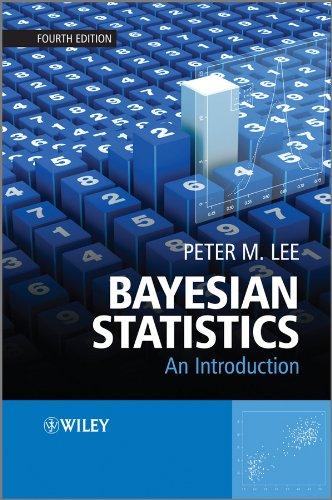A random variable X is said to have a chi-squared distribution on v degrees of freedom if
Question:
A random variable X is said to have a chi-squared distribution on v degrees of freedom if it has the same distribution as

whcre Z1, Z2 , ... , Zv are independent standard normal variates. Use the facts that EZi = 0, EZ2i = 1 and EZ4i = 3 to find the mean and variance of X. Confirm these values using the probability density of X, which is

(see Appendix A).
Appendix A.
Some facts are given about various common statistical distributions. In the case of continuous distributions, the (probability) density (function) p(x) equals the derivative of the (cumulative) distribution function F (x) = P(X ≤ x ). In the case of discrete distributions, the (probability) density (function) p(x) equals the probability that the random variable X takes the value x.
The mean or expectation is defined by

depending on whether the random variable is discrete or continuous. The variance is defined as

depending on whether the random variable is discrete or continuous. A mode is any value for which p(x) is a maximum; most common distributions have only one mode and so are called unimodal. A median is any value m such that both

In the case of most continuous distributions, there is a unique median m and

There is a well-known empirical relationship that

or equivalently

Some theoretical grounds for this relationship based on Gram-Charlier or Edgeworth expansions can be found in Lee (1991) or Kendall, Stewart and Ord (1987,. Section 2.11).
Further material can be found in Rothschild and Logothetis (1986) or Evans, Hastings and Peacock (1993), with a more detailed account in Johnson et al. (2005), Johnson et al. (1994-1995), Balakrishnan et al. (2012) and Fang, Kotz and Wang (1989).
Step by Step Answer:






